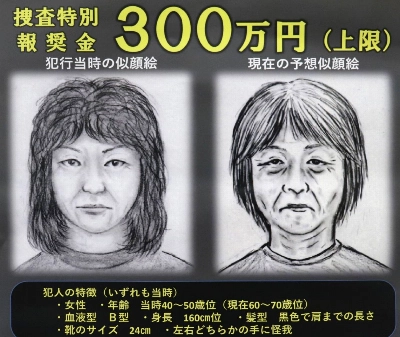A lmost a month has passed since the revised Equal Employment Opportunity Law for Men and Women went into effect at the beginning of fiscal 2007. The revised law includes provisions for prohibiting indirect discrimination against women -- practices that are neutral on the surface but discriminatory in substance -- and improving working conditions for pregnant women or mothers with newborns. It also prohibits sexual harassment against men as well as women. It is hoped that the revised law will help create workplaces where both genders can give full play to their abilities without facing sexual discrimination.
Under the revised law, corporations will be deemed as committing indirect discrimination if they do any of the following without any rational reason: impose conditions on an applicant's weight, height or physical power, require an applicant seeking a position on the managerial track ("sogoshoku") to accept a possible transfer to any remote branch and make the experience of a transfer to a remote branch as a condition for promotion. Enterprises should not be tempted to think that other questionable practices are acceptable just because the law doesn't specifically refer to them.
With regard to pregnant women or mothers with newborns, the old law prohibited firing female workers because of pregnancy, childbirth or maternity leave. In addition to this, the revised law prohibits disadvantageous treatment against women such as wage cuts or demotion and changing of the status from regular employment to part-time employment for those reasons. Firing pregnant women or mothers with babies less than a year old will be legally invalid unless enterprises prove that the action is not related to pregnancy or childbirth.
















With your current subscription plan you can comment on stories. However, before writing your first comment, please create a display name in the Profile section of your subscriber account page.